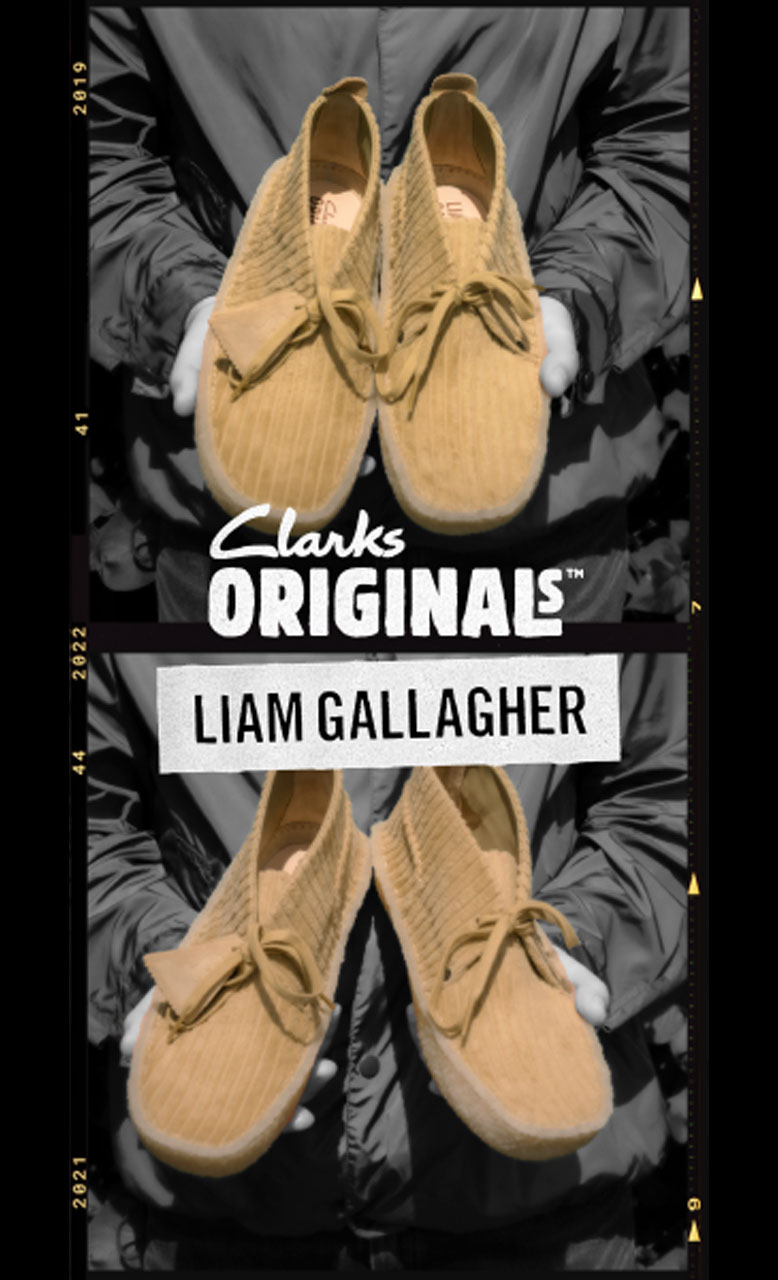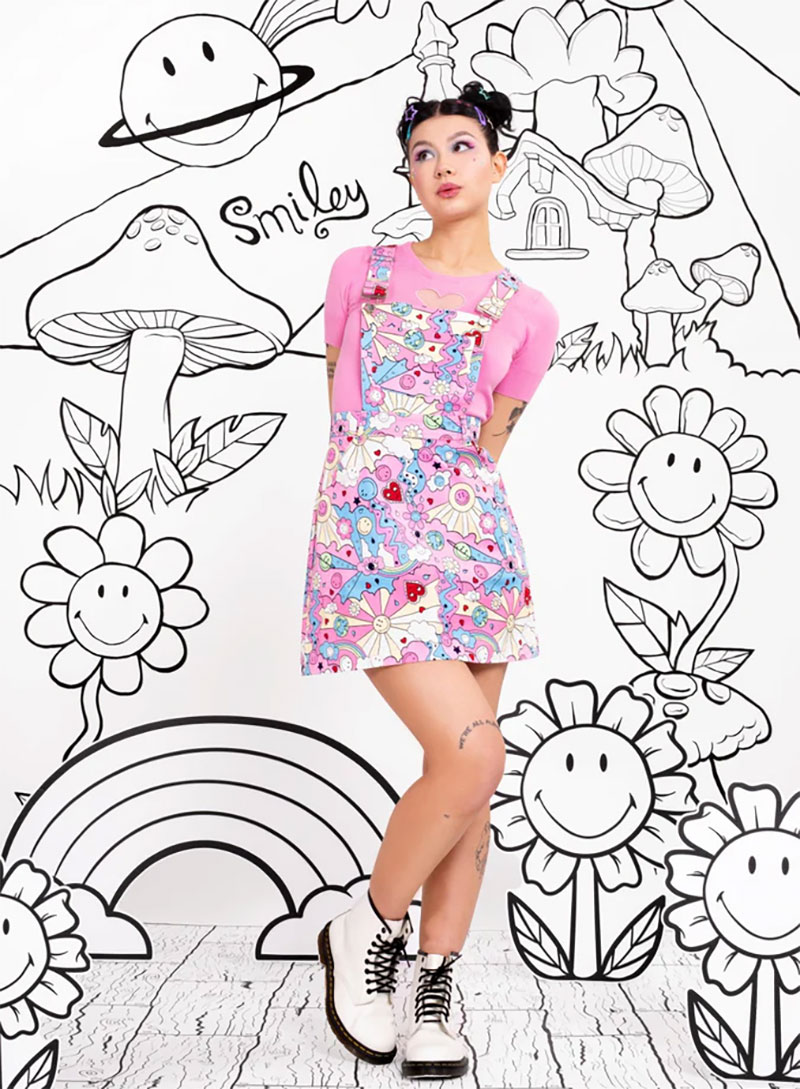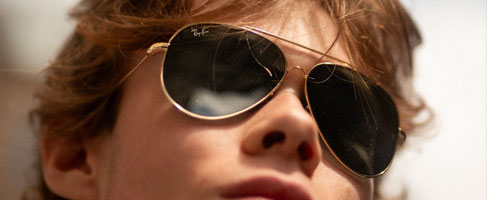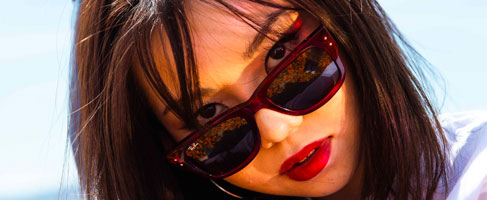Visions Of Oz
Born in Sydney, Australia, Martin Sharp would spend most of his formative years in a country governed by its longest serving Prime Minister, Robert Menzies, whose second term in office spanned from 1949 up until 1966. Although Australia saw increased prosperity during this period, attitudes and conventions remained stuck in a post war time capsule. By the early 60s something had to give.
On April Fool's Day 1964 into this conservative Australian climate the satirical Oz Magazine was launched. Along with co collaborators Richard Neville and Richard Walsh, Sharp had set up a "magazine of dissent" granting coverage to contentious issues such as censorship, homosexuality and abortion as well as satirising establishment figures including the aforementioned PM Robert Menzies. Quickly Oz was facing charges of obscenity under increasingly antiquated laws, it was a taste of the counter cultural fight to come.
Central to the magazines success, it would regularly sell out its print run, was the aesthetic style, provided in the most part by Martin Sharp. His combination of slightly naïve drawings, collage, photography and lithograph techniques chimed perfectly with the Pop Art movement and lent themselves brilliantly to the satirical bite Oz was becoming infamous for.


In 1966 like many young Australians seeking new horizons at the time, Sharp journeyed to London with co-founder Richard Neville. Along with fellow Australian Jim Anderson they founded the London Oz, it was a revelation. Utilising a new found freedom of layout offered by offset printing and including fluorescent inks and metallic foils Sharp's artistic prowess came to the fore. The imagery he conjured up took on increasingly hallucinogenic style, putting him at the forefront of the Psychedelic Art movement. His portraits of Bob Dylan, Mick Jagger and Jimi Hendrix would go on to define the era. London Oz 16 in November 1968 saw the all graphic "Magic Theatre" emerge, a truly seminal work of 60s counter cultural art, described by British author Johnathon Green as "the greatest achievement of the entire British underground press".

At the same time Sharp began a fruitful collaboration with Cream. Eric Clapton would set a poem by Sharp to music on the classic "Tales of Brave Ulysses", whilst Sharp would provide the cover artwork for the tracks parent album "Disraeli Gears". That cover artwork, along with that of subsequent Cream LP "Wheels on Fire", also created by Sharp, perfectly fuse a Pop Art aesthetic with the psychedelic era.


During 1968 Sharp's involvement in Oz gradually decreased with the iconic "Magic Theatre" (Oz 16, November 1968) being one of his last significant contributions. By the early 70s he was back in Australia, where he initially set up an artists' community the Yellow House before taking on the renovation of the Luna Park amusement park positioned on the opposite side of the Sydney harbour from the high art of the Opera House. Renovations included repainting the giant Luna Face to the park's entrance, which itself has a Sharp style aesthetic. Also during this period Sharp indulged in his curious obsession with American singer Tiny Tim ( of Tiptoe through the Tulips fame) which culminated in the surrealist documentary "Street of Dreams" in 1988. Tragedy would sadly strike at Luna Park in 1979 when a fire at the ghost train killed seven people, an incident that understandably left Sharp devastated. Throughout this period his artwork garnered ever more fans and praise up to and beyond his death from emphysema on 1 December 2013 at the age of 71. His legend will naturally live on forever.
In homage to Sharp's 60s style, and specifically his 1967 lithograph "Blowing in the Mind", Madcap England have reimagined his hallucinogenic targets in a classic monochrome colour scheme, creating a set of striking 60s vintage pieces. The mod sharp button down Trip Oz Targets Shirt is a stand out menswear item, whilst the same fantastic Oz Targets design can be found in Madcap Womenswear upon the brand favourites Daytripper and Dollierocker 60s Mod dresses.










